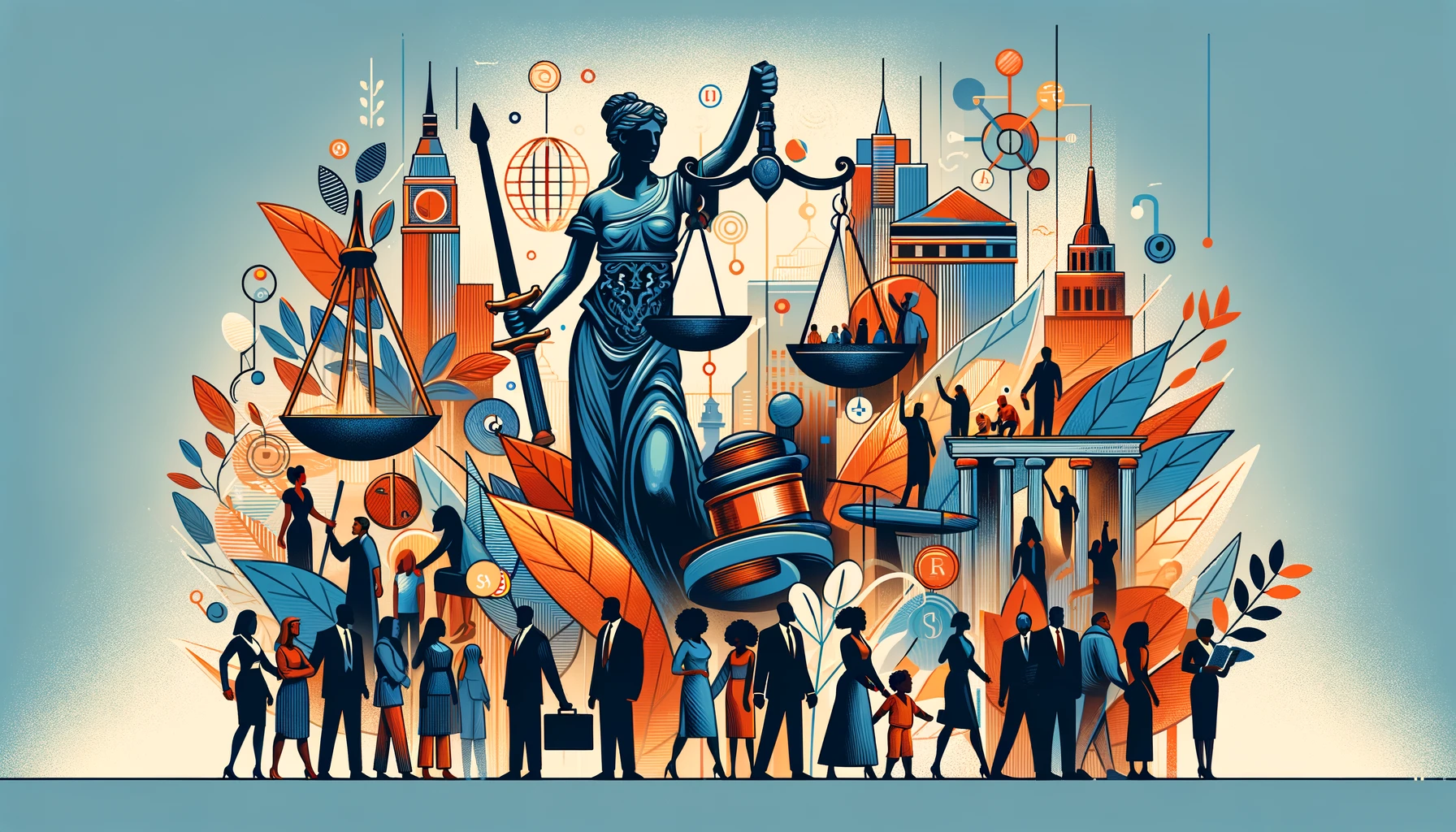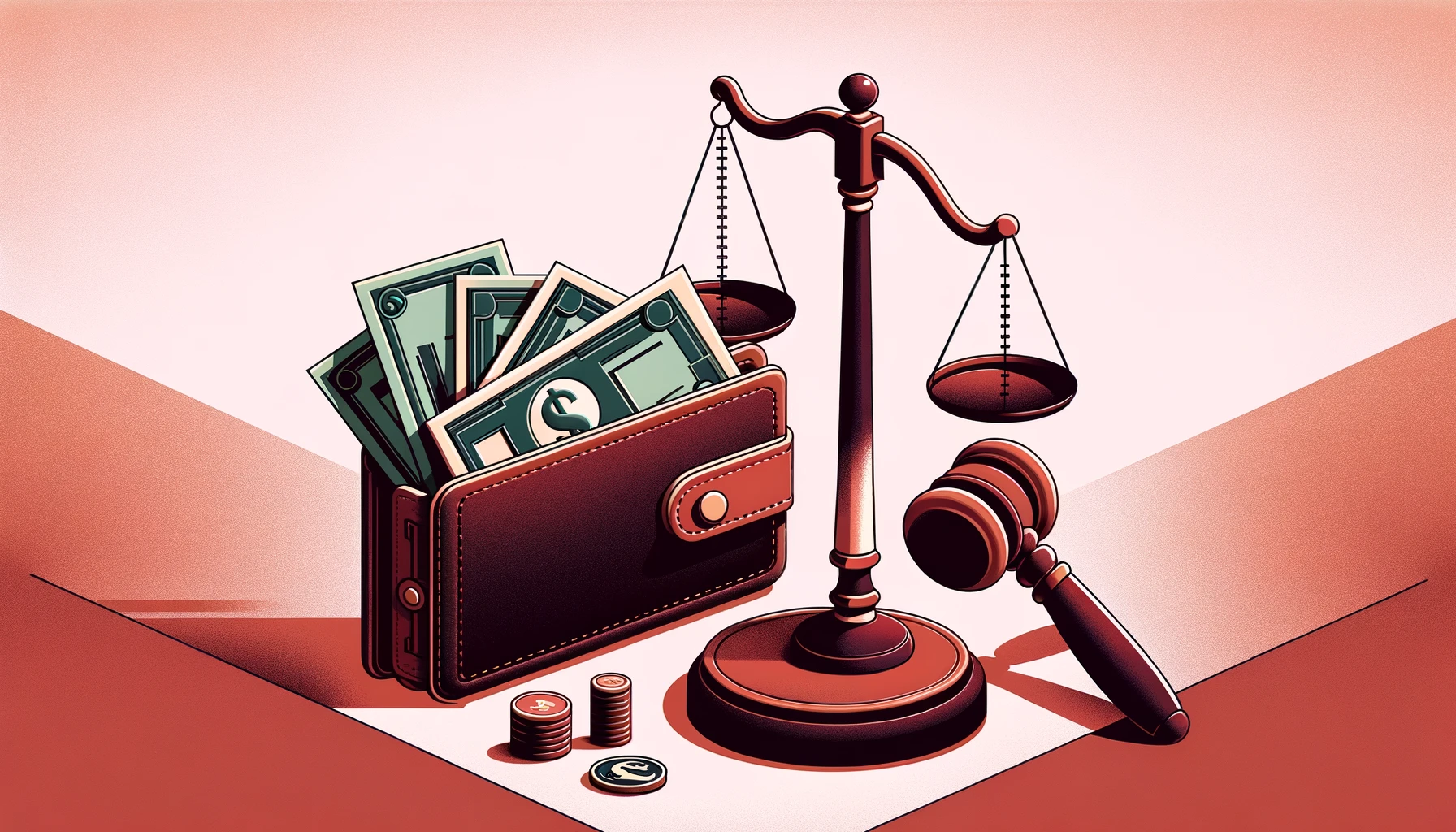Even when it’s subtle, workplace discrimination can be incredibly harmful. You might start to question your abilities or dread going to work. As time goes on, mistreatment risks taking an even greater toll on your mental health, career, and financial stability. You may consider speaking up—but fear that it will only worsen things.
Make no mistake: If you’re being overlooked for promotions, excluded from projects, or subjected to offensive comments because of your race, gender, age, religion, or disability status, it’s not just unfair. It’s illegal, and you don’t have to tolerate it.
This blog post will explain what New York employees should know about asserting their rights in the face of illegal discrimination in the workplace. We’ll cover what New York law says about this unfair treatment, how to spot signs you’re being discriminated against at work, and where you can get help holding your employer accountable for the prejudice you’ve faced.
Understanding Discrimination in the Workplace
Discrimination in the workplace occurs when an employer treats an employee or job applicant unfairly based on a legally protected characteristic. Under New York State Human Rights Law and Title VII of the Civil Rights Act of 1964, it is illegal to discriminate against someone based on:
- Race;
- Color;
- National origin;
- Sex (including pregnancy, sexual orientation, and gender identity);
- Religion;
- Disability;
- Age (if over 40);
- Marital status; or
- Genetic information.
Discrimination doesn’t have to be overt to be illegal. Even employer policies or practices that appear neutral can be unlawful if they disproportionately harm people in a protected group.
For example, a company might have a policy requiring all customer service employees to work late shifts, even though most of their female employees have caregiving responsibilities in the evening. While the rule applies to everyone, its impact falls more heavily on women—which could be grounds for a discrimination claim.
Put simply, intent isn’t always necessary to prove discrimination. The impact of a policy matters, too.
Proving Illegal Workplace Discrimination in New York
Proving discrimination takes more than just feeling mistreated. You’ll need to document what happened, understand your legal rights, and take several key actions to build your case. Let’s walk through these crucial steps to proving discrimination in New York.
Know the Warning Signs
Identifying illegal discrimination is the first step toward taking action. Here are some examples of workplace discrimination:
- Unequal treatment. If you are consistently left out of meetings, projects, or promotions compared to coworkers of a different race with similar or less experience—you may be experiencing discrimination.
- Harassment. A manager frequently making derogatory comments, slurs, or offensive jokes based on your sexual orientation can constitute illegal harassment.
- Inappropriate hiring questions. Any questions at a job interview that single out protected individuals can constitute discrimination. For example, if the interviewer asks you about your marital status and family plans, this could indicate an unwillingness to hire women with plans of starting a family.
- Disparate compensation. If the male employees at your company receive a higher pay rate or additional benefits compared to women in the same role, you may have grounds for a claim.
- Targeted discipline. Employees of a specific national origin getting punished or fired for behavior that others routinely get away with could indicate illegal behavior.
- Failure to accommodate. If your employer refuses to make reasonable changes to support your disability or religious needs, you might have a claim.
Recognizing discrimination isn’t always easy. It can be subtle, especially if no one comes out and says anything obviously prejudiced. For example, imagine that a restaurant line cook who immigrated from West Africa consistently gets the worst shifts and is denied promotions despite having strong performance reviews. Meanwhile, newer, less experienced coworkers receive better hours and pay. Although no one says anything explicitly racist, the pattern of treatment suggests potential discrimination.
Document Everything
Start keeping detailed records as soon as you suspect discrimination. Keep a log of any incidents of potential bias, recording the dates, times, people involved, and what was said or done. Save copies of emails, text messages, memos, or any other documents related to the discrimination. These records will all be vital for taking legal action.
Gather Evidence
Supporting evidence is essential to show that the mistreatment you’ve faced is illegal discrimination. Some key types of evidence to collect include:
- Performance records—past reviews or awards that show you were doing your job well;
- Witnesses—coworkers who observed discriminatory behavior or can back up your story;
- Company policies—handbooks or internal guidelines that your employer may have violated;
- Comparative evidence—proof that other employees were treated differently under similar circumstances; and
- Medical or therapy records—evidence of how the discrimination impacted your mental or physical health.
Even if you aren’t sure whether something counts as evidence, keep it. A lawyer can help you determine what’s useful.
Report to Human Resources
Many employers have internal processes for reporting discrimination. While it might feel pointless, it’s still important to document what’s happening. Filing an internal complaint gives your employer a chance to fix the problem. It also strengthens your case later by showing you took reasonable steps to address the issue.
Document your complaint and your employer’s response. If your employer retaliates against you for reporting discrimination, that’s illegal too.
Contact an Employment Lawyer
Discrimination cases are complex. An experienced employment lawyer can help evaluate the strength of your claim, explain your rights, and help you collect and preserve evidence. Even if you’re unsure whether what happened to you was illegal, a consultation with a lawyer can clarify your options.
Taking Legal Action Against Workplace Discrimination
Before filing a workplace discrimination lawsuit, you must usually submit a complaint to a government agency. In New York, you can file with:
- New York State Division of Human Rights (DHR)—within three years of the last incident of discrimination;
- New York City Commission on Human Rights (if you work in NYC)—within one year of the discrimination; or
- U.S. Equal Employment Opportunity Commission (EEOC)—within 300 days of discrimination.
A lawyer can be crucial for navigating this process. They can help you understand where to take your case, gather necessary evidence, meet deadlines, and strengthen your case for a successful outcome.
Don’t Stay Silent—Take the First Step Toward Justice
You don’t have to endure discrimination at work alone. The Law Offices of Supriya Kichloo, P.C. is committed to standing up for everyday New Yorkers who have been mistreated or marginalized at work. Supriya Kichloo brings a deep understanding of employment law and a fierce dedication to justice for her clients—many of whom are immigrants, wage workers, and people of color.
If you believe you’ve faced workplace discrimination, don’t wait. Contact our office today to schedule a free consultation and learn more about how we can help.
Resources:
N.Y. Exec. Law § 296(7), link.


